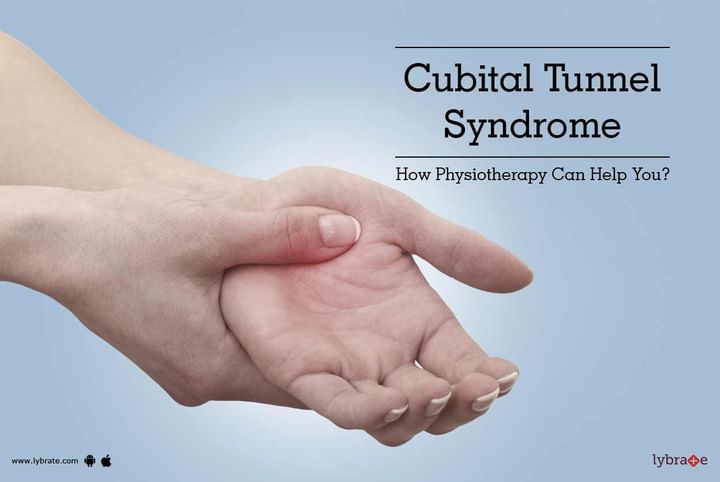Cubital Tunnel Syndrome - How Physiotherapy Can Help You?
Cubital Tunnel Syndrome is also known as Ulnar Neuropathy, a nerve compression syndrome where the Ulnar nerve, also known as the funny bone nerve, gets compressed due to heightened pressure or stretching. It can lead to numbness or a tingling sensation in little and ring fingers, sometimes pain in forearm and an overall weakness in the hand. Ulnar nerve is one of the three main nerves in the arm. It runs in a groove on the inner side of the elbow. Since it travels through a narrow space and has very little protective tissue, the nerve is quite vulnerable to compression.
Symptoms
The symptoms of this condition may range from mild to severe. Some of the mild symptoms include:
- Numbness in little and ring finger as the fingers fall asleep
- A tingling sensation, usually like the pinch of pins and needles in ring and little finger
- Pain in forearm
- Weakness in the hand
- Some of the severe symptoms include:
- Reduction in overall hand grip
- A claw like deformity in hand
- Wasting of muscles of the hand
Bending elbow over a long period of time like while using cell phone or during sleep can cause ulnar nerve compression. Resting the elbow for a long period over a hard surface can also cause an irritation of the nerve, leading to such symptoms. In some cases, the nerve snaps back and forth over a bony bump, resulting in an irritated nerve. People who undertake intense physical activity, especially using their arms, are more likely to develop this problem. Eg. baseball pitchers. Apart from this, people who have suffered from a dislocated elbow or have arthritis are also at risk.
Generally, doctors diagnose this condition through the symptoms. However, nerve tests are also conducted to check the level of nerve compression. Electromyography is a procedure in which electrodes are placed on the skin and muscles to measure muscle health. Determining muscle health and level of compression helps decide the mode of treatment. Generally, the symptoms of cubital tunnel syndrome are managed through a conservative treatment. However, in cases of severe compression, surgery can be considered as an option to relieve pressure, moving nerve to the front of the elbow or removing a part of the bone.
For mild cases, a towel or a protective cover for elbow is recommended. The towel should be wrapped around the elbow loosely. An elbow splint can be worn at night to protect the elbow from being bent for long time.
How can a physical therapist help?
A physiotherapist has an essential role to play in treatment of this syndrome. A therapist can help the patient to learn ways of avoiding pressure to the nerve. After surgery, with restrictions of movement, a therapist can help achieve smooth recovery and movement of the elbow. Your physical therapist will determine the activities that bring on your symptoms. The recommendations at this point will be to avoid those activities for a time. Remember, the nerve is irritated and at times swollen. If the irritation and swelling are reduced, the symptoms should resolve. If you wish to discuss about any specific problem, you can consult a physiotherapist.



+1.svg)
